From an oil trader in Morgan Stanley to an art connoisseur and one of India’s most prominent voices in the art arena, Maithili Parekh has straddled a wide spectrum of experiences. We catch up with the Indian head of Sotheby’s on her inspired journey.
You were into commodity training before you took up art as a career. How did that happen?
My fascination for art stems from an early age. I pursued my Bachelor’s in art history from Brown University in the US before I began working on Wall Street in New York back in the early 2000s. Oil prices were extremely volatile then and I enjoyed the pace and energy of being a commodities trader. But what I really thrived on was the art scene in New York. I once sneaked out of the trading floor in the middle of the day to go see Picasso’s Boy With Pipe at Sotheby’s in New York just before it was auctioned. I later did my Master’s degree in international relations and art history from the London School of Economics, UK.
What’s the connection between the two?
I was interested in studying how art is used in propaganda, how visuals form and transmit political ideologies. This is especially relevant in India where the entire political system is dependent on symbols.
How did your Sotheby’s journey begin?
I worked for a number of galleries, both in India and in New York. It was in 2007, when Sotheby’s wanted to set up shop in India, that they approached me to lead their efforts on the ground. Sotheby’s was the very first auction house to sell Indian modern art back in the nineties.
Why did you choose to be associated with Indian art in particular?
It’s an exciting time to be an Indian, isn’t it? It is a place of tremendous growth, change and movement right now, layered with myriad complexities, challenges and excitement. This fast-paced transition is all being captured by artists of our time. There is a burst of energy and creativity.
What’s the difference then and now?
Through the centuries, royal patronage has been responsible for the encouragement of the arts. Today, it’s the private collectors who drive art and new artists. Because of private patronage, art has become more democratic and accessible today. Galleries have mushroomed, auction houses have entered the space and art has taken new forms through various media – digital, performing, mixed media, photography.
What inspires contemporary artists?
The urban landscape provides much fodder to the creative process in contemporary Indian art. Wherever society is undergoing change – be it China, the Middle East, Brazil, India, Russia – you’ll see furious activity and experimentation in art. It’s new, fresh and very exciting.
You also enjoy Pakistani art. How is that doing in India?
Political, personal, controversial and emotionally charged art is being created in Pakistan today and it’s found a great market in India. I remember a recent work by Unum Babar that moved me tremendously; she used a video of herself, dressed in a hijab, looking upward at the viewer, embedded in an eggshell that one had to look over into a washbasin to access. It is a poetic commentary of the confinement of women in her society. Such works of art are poignant and so real.
Coming to women artists, what are the developments you have seen?
Women artists are coming into their own now, becoming more confident. And fortunately, when it comes to art, it does not matter what your gender is.
Are art schools in India good enough?
We used to be known for the marvelous Shantiniketan in Bengal and even the JJ School of Art in Bombay during the early decades of the 20th century, but the level of art education has greatly deteriorated since then. The art school in Baroda has produced some good artists but we need many more schools of excellence. This training is essential to nurture artists, curators, critics and art historians. We need non-profit organisations, scholarships, museums and active government participation. Thankfully the private sector is moving things in some manner.
First published in Atelier magazine



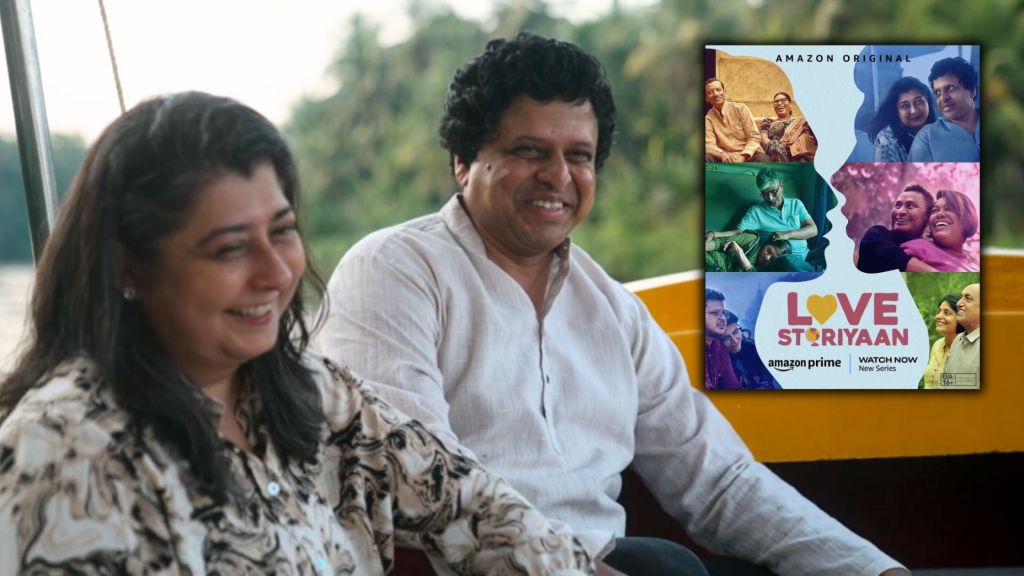
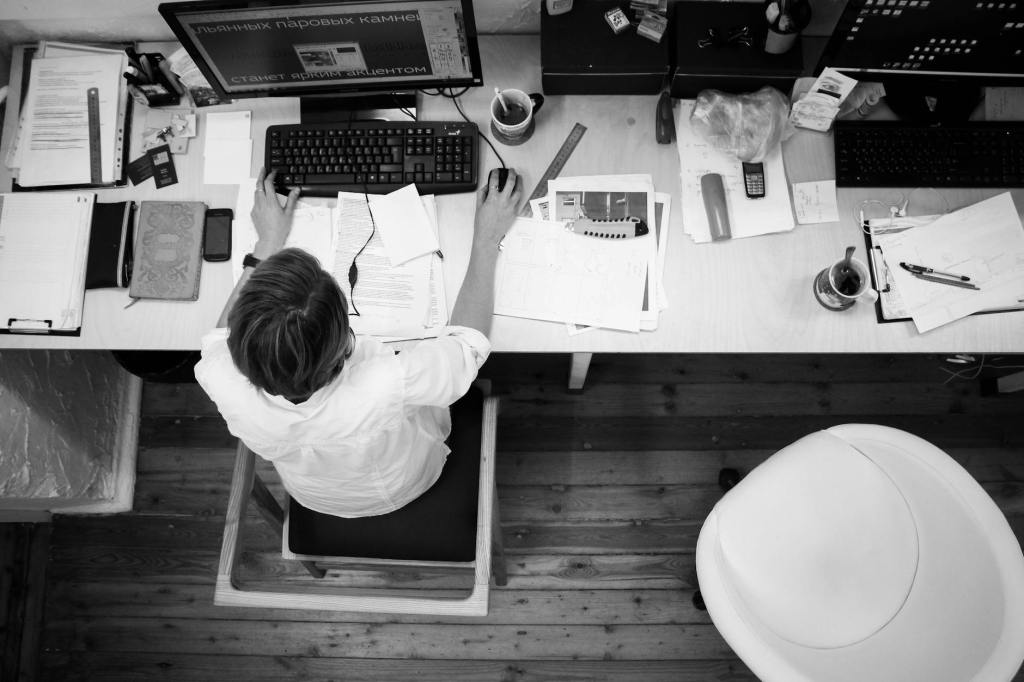
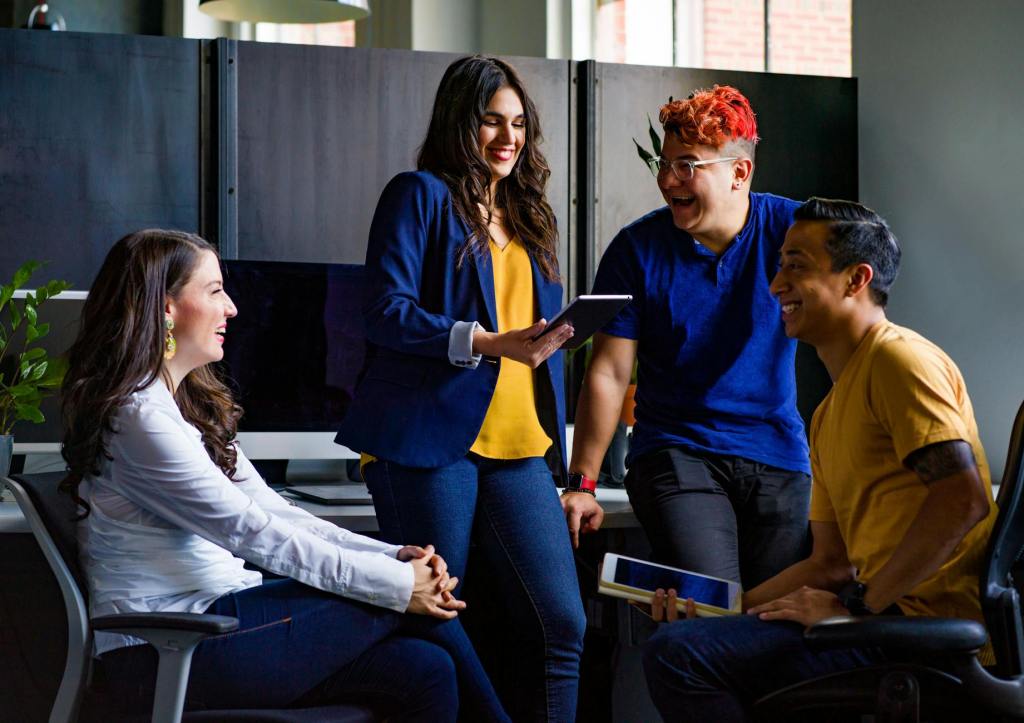
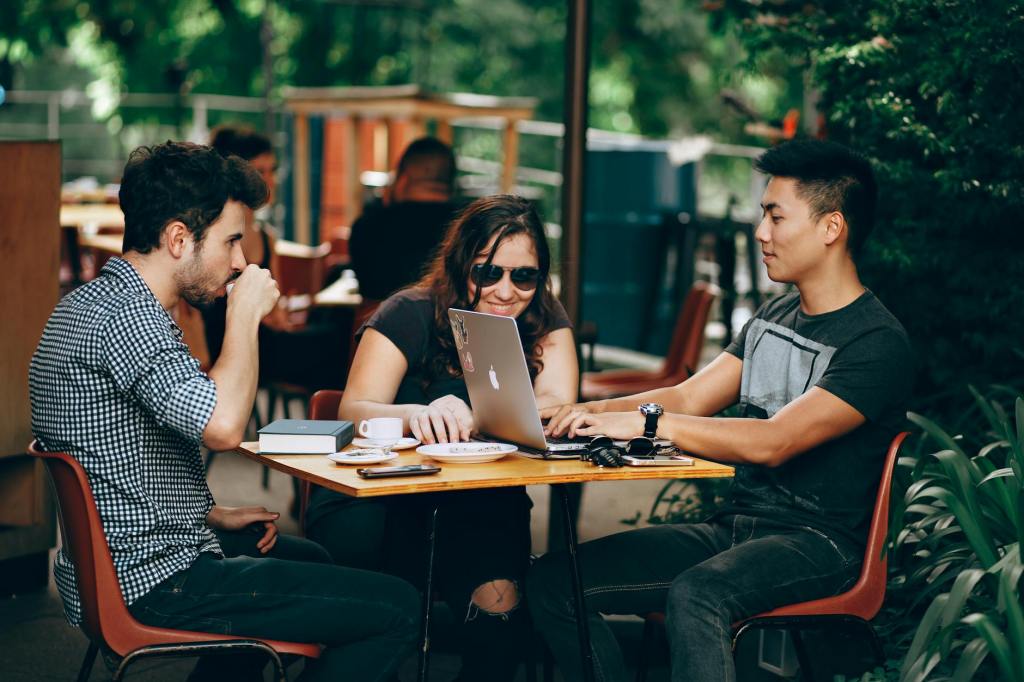
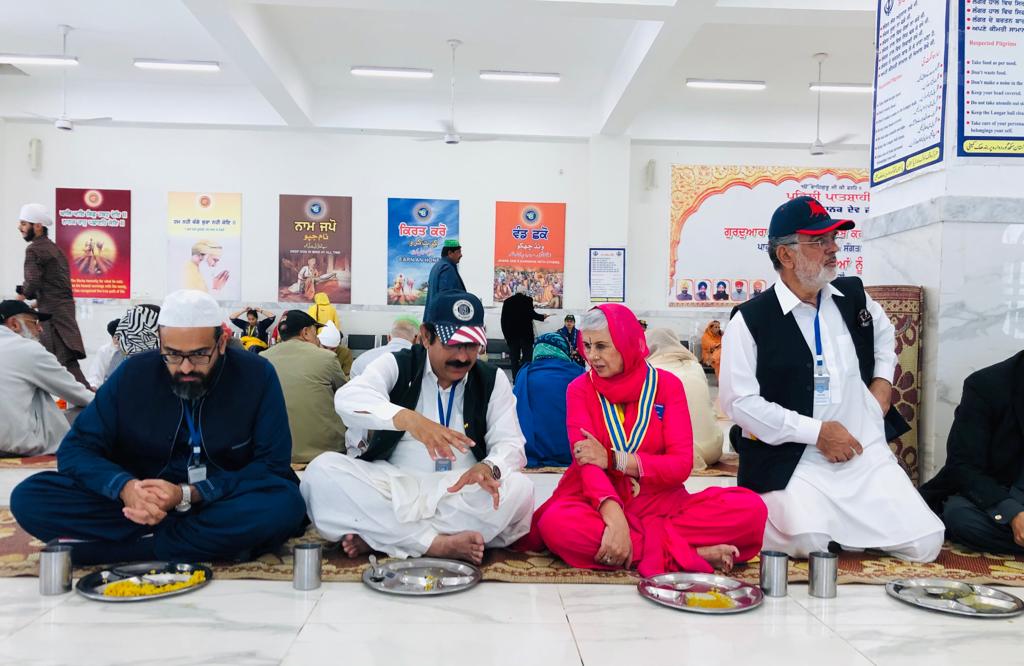
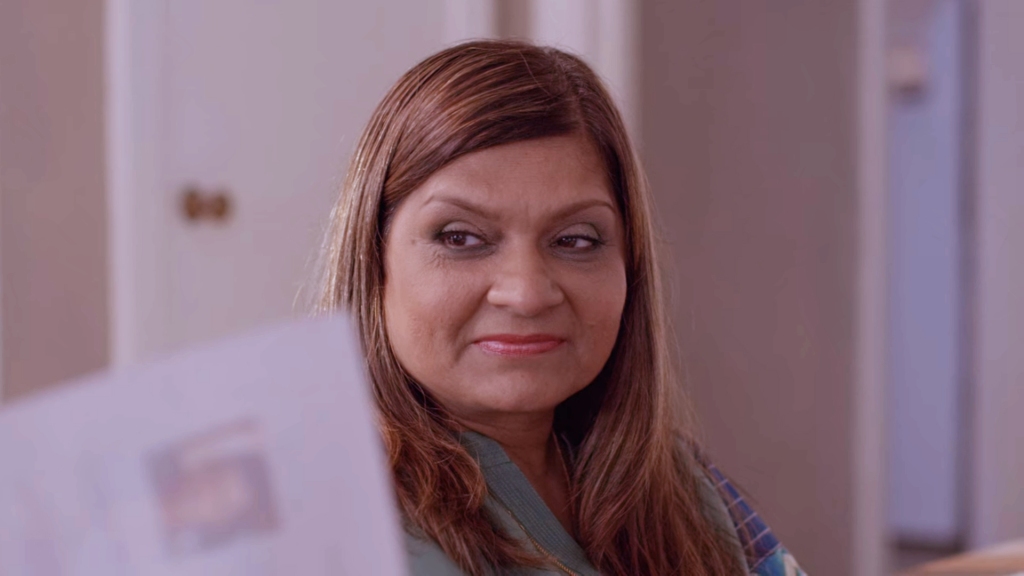
Leave a comment